On a sunny, not too hot, day like today, it is a great time to go out and wander around Cockaynes Reserve with a camera. Even when there is quite a breeze, it is always possible to find sheltered nooks, where insects often congregate and can be snapped without wind-blur.
No time today to provide a full written commentary, so I will let the flowers and critters speak for themselves…
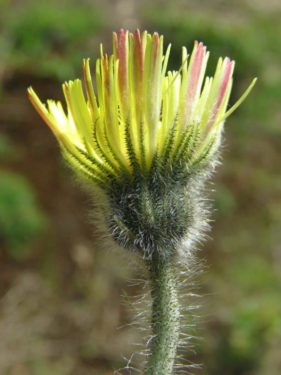
Mouse-eared Hawkweed
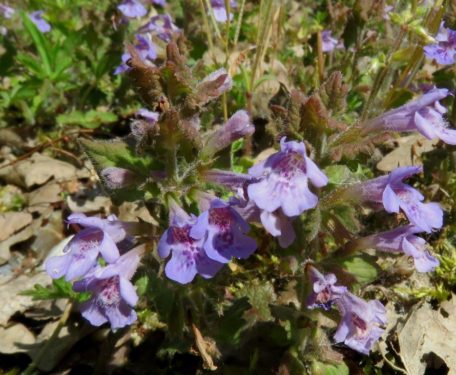
Ground-ivy – a magnet for bee-flies and other insects
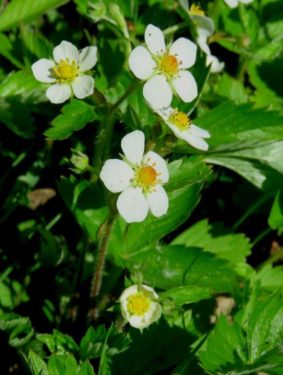
Wild Strawberry
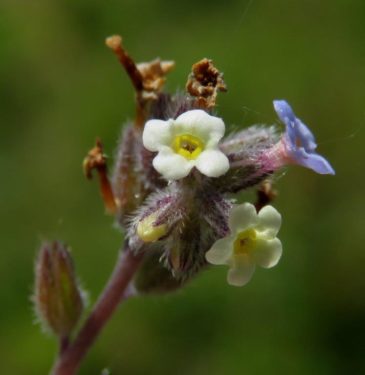
Changing Forget-me-not – its flowers start out yellow in bud, then fade to cream before ending up blue


Sweetly-scented Holly flowers – the males (left), with functional stamens, and females (right) with non-pollen-producing stamens, perhaps the Holly-equivalent of the male nipple?

Marsh Horsetail fertile, spore-bearing ‘cone’
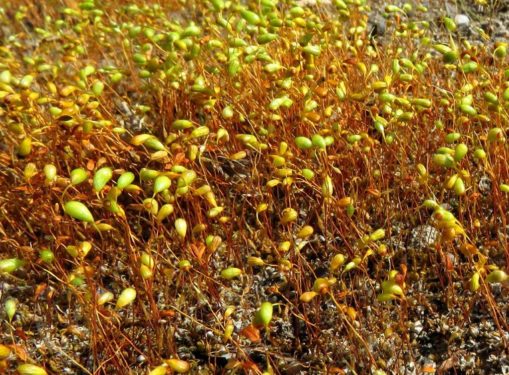
Bonfire Moss, as its name suggests often found on recently-burnt ground

Anther Smut on Red Campion; the smut fungus infects and infests the plant, takes over the plant’s pollen-dispersal structures and appropriates them to disperse its own sooty spores.
On now to the insects, starting with a selection of True Bugs:

Gorse-Shield-bug
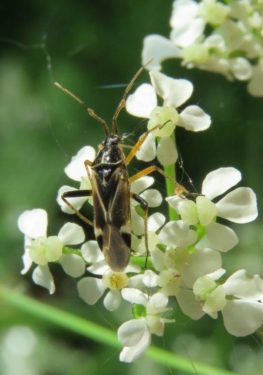

A plant-bug Harpocera thoracica: male (L) and the very different looking female (R)
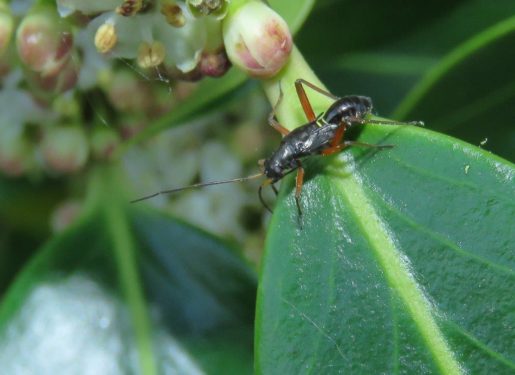
The nymph of another plant-bug Miris striata, looking and acting for all purposes like an ant
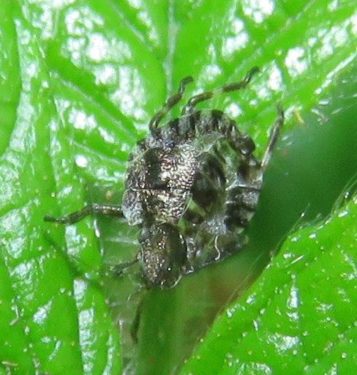
and not actually a bug, but the shed skin of an early-stage nymph of the Forest Bug
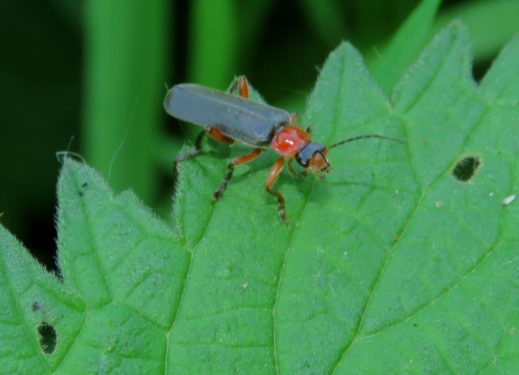
Our first soldier-beetle of the season, Cantharis nigricans
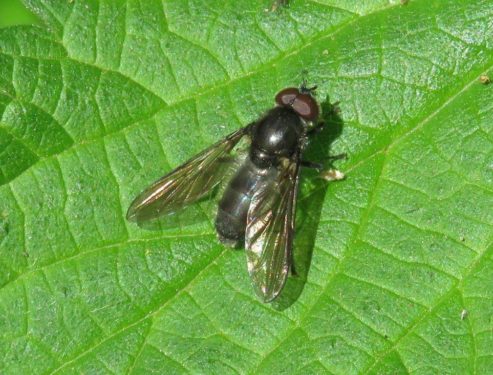

A couple of hoverflies, both from difficult groups – (L) Pipiza and (R) Syrphus
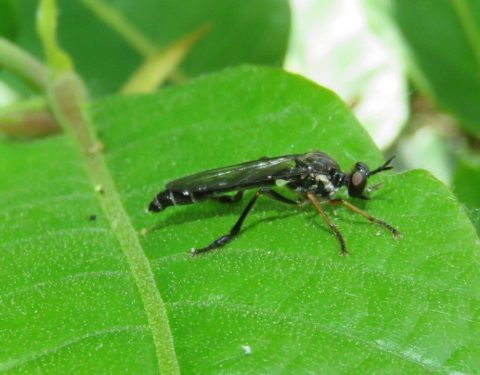
The Stripe-legged Robberfly Dioctria baumhaueri
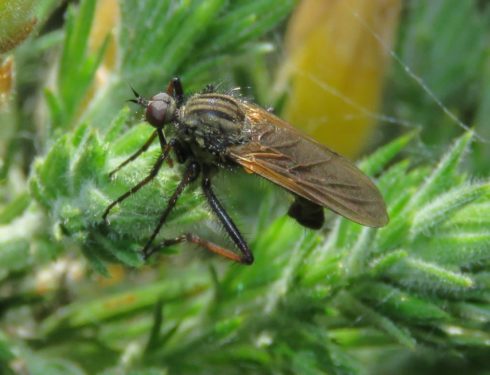
A dance-fly Empis tessellate
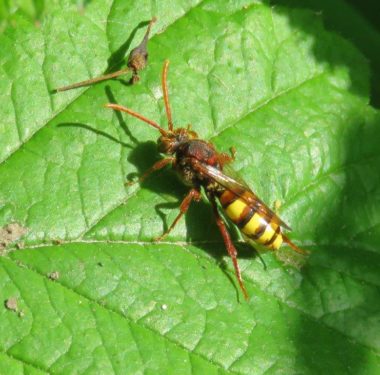
The wasp-like Nomad Bee Nomada flava
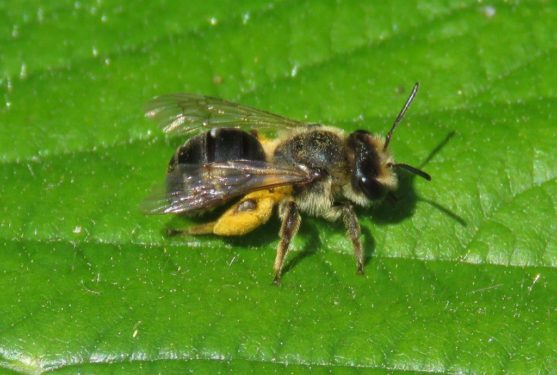
Small Gorse Mining-bee Andrena ovatula

A buttercup-full of tiny moths Micropterix calthella – this family is the only group of moths and butterflies which have jaws, to feed on pollen
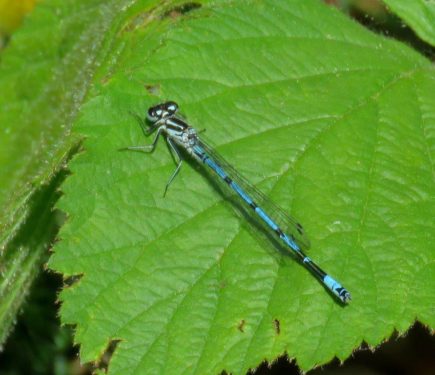
Azure Damselfly male

Mating pair of Large Red Damselflies
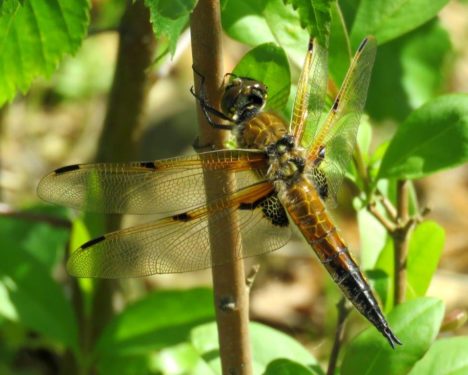
A pristine Four-spotted Chaser dragonfly
Last of all we reach the spiders (arachnophobe warning!)
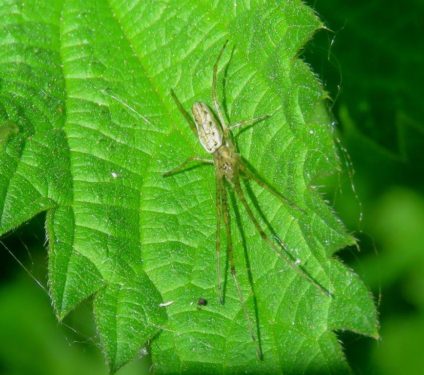
A stretch-spider Tetragnatha species

Larinioides cornutus
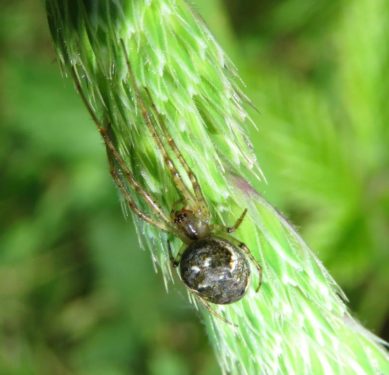
and finally, a Metellina species.